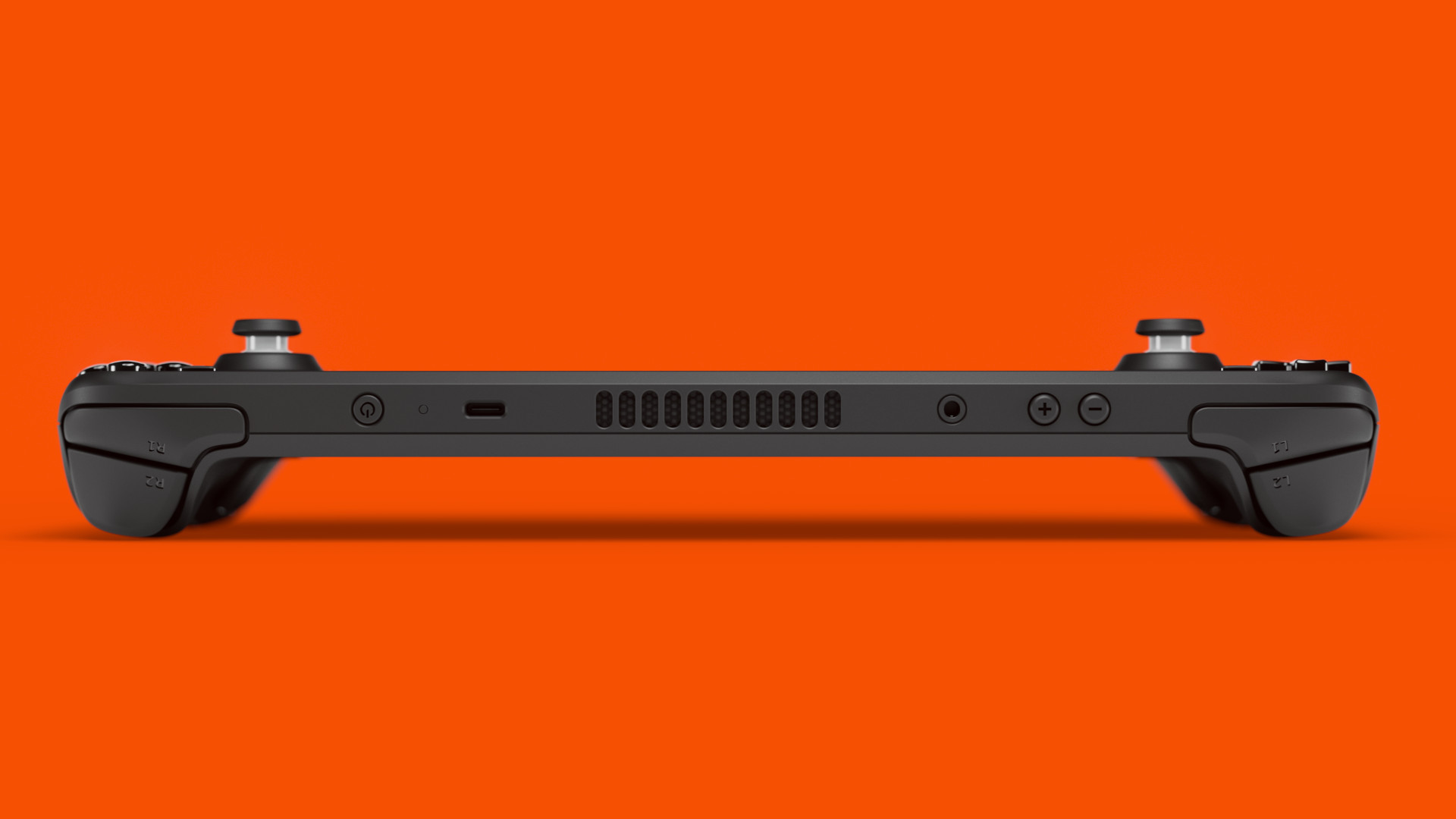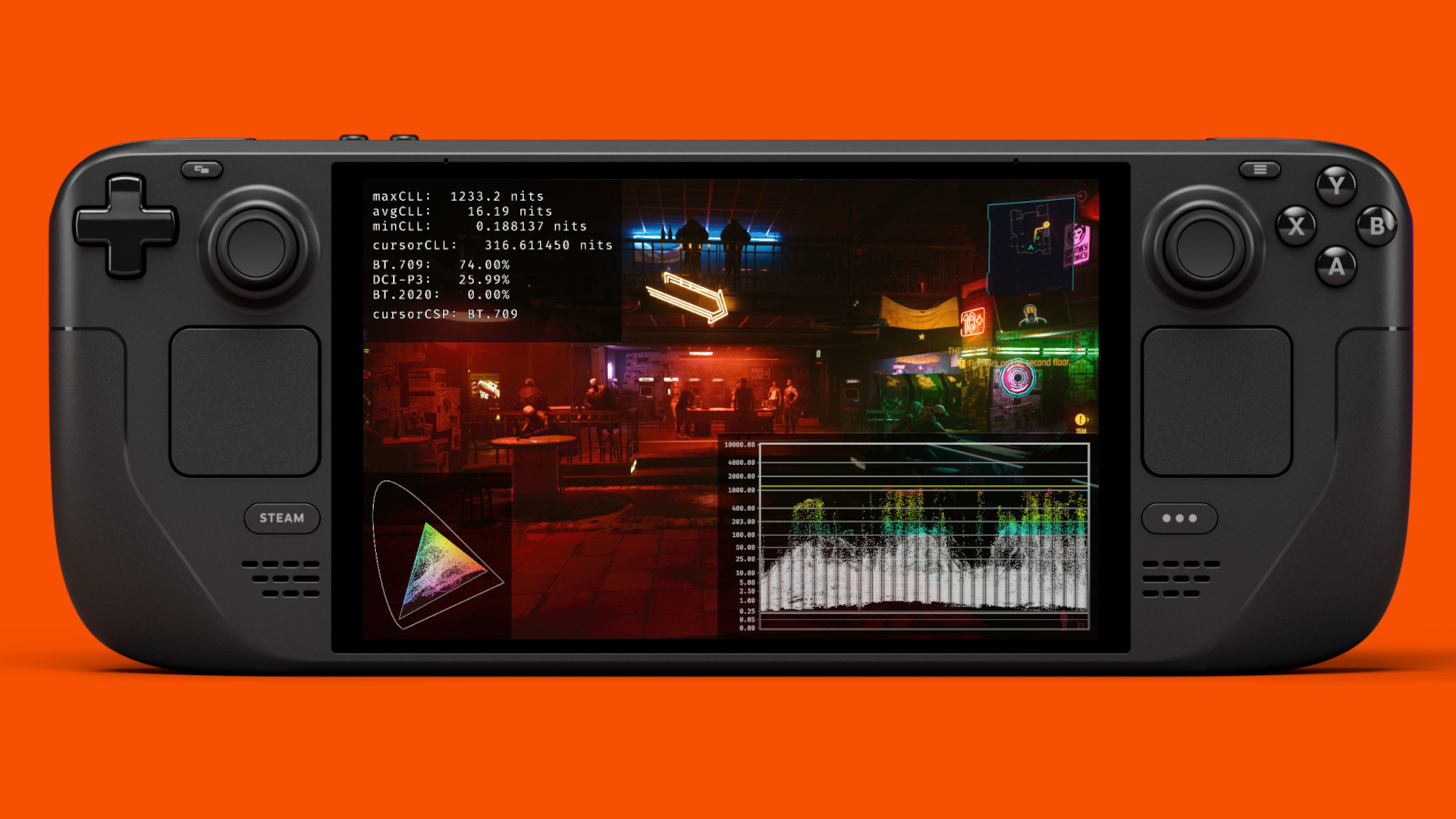What are the Steam Deck prices? The Steam Deck is a marvelous machine, packing a surprising amount of power into a portable package that’s also available at a reasonable cost. The price you pay for one will ultimately be determined by which model you opt for, but you can save yourself a few bucks with a bit of luck and patience.
Since our Steam Deck review, the handheld has come along leaps and bounds with countless improvements to SteamOS and Proton, resulting in a much more polished experience. These changes have allowed the number of best Steam Deck games to grow into the tens of thousands, making the Steam Deck price all the more palatable.

What are the Steam Deck prices?
The Steam Deck price starts at $399 / £349 for the 256GB LCD model, with the 512GB OLED version coming in at $549 / £479, and the 1TB edition topping out at $649 / £569.
The best Steam Deck prices are always those set by Valve itself, with third-party sellers on Amazon and other stores charging an additional premium for the device. As such, we strongly recommend only purchasing a Steam Deck via the Steam store.
Following the launch of the Steam Deck OLED, if you’re looking for deals on the Steam Deck price, your best bet is to purchase one of the now older models, as soon as possible. Valve has made the decision to phase out the 64GB and 512GB models entirely, and so each have received permanent price drops until stocks are depleted. Currently, the 64GB model is now $349 / £309, while the 512GB model of the handheld is $449 / £389, making this your last chance to get these versions of the Steam Deck at a cheaper price.
Alternatively, if you don’t mind your portable PC being entirely brand-new, you could strike lucky with the Certified Refurbished Steam Deck program. Prices here start from $279 / £249, making it the cheapest way to get a Steam Deck, but stock is understandably very limited.
What are the Steam Deck specs?
The Steam Deck specs center around a custom quad-core AMD Zen 2 APU with eight RDNA 2 compute units, paired with 16GB of LPDDR5 RAM. This chip was built specifically to provide a good balance of performance and power consumption, with a TDP of just 15W.
| Steam Deck OLED | Steam Deck LCD | |
| CPU | AMD Zen 2 (4 cores / 8 threads) (6nm) | AMD Zen 2 (4 cores / 8 threads) (7nm) |
| GPU | AMD RDNA 2 (8 CUs) | AMD RDNA 2 (8 CUs) |
| RAM | 16GB LPDDR5 (6,400MT/s) | 16GB LPDDR5 (5,500MT/s) |
| Display | 7.4-inch OLED (1280 x 800 / 90Hz / HDR) | 7.0-inch IPS (1280 x 800 / 60Hz) |
| Battery | 50WHr | 40WHr |
| Storage | 512GB NVMe SSD 1TB NVMe SSD |
64GB eMMC 256GB NVMe SSD 512GB NVMe SSD |
| Weight | 640g | 669g |
| Size | 298mm x 117mm x 49mm | 298mm x 117mm x 49mm |
The Steam Deck has a native resolution of 1280 x 800 that is shared across the LCD and OLED model. However, while the former tops out at 60Hz, the latter supports up to 90Hz. These specifications fall short of the ASUS ROG Ally, but that handheld lacks an HDR OLED option unlike the Steam Deck.
When it comes to storage options, the Steam Deck is available in three flavors of capacity: 256GB, 512GB, and 1TB. At the time of writing, the 64GB model is in the process of being discontinued. While you can swap out the SSD inside the handheld, it’s much easier to slot in the best microSD card for Steam Deck since you don’t have to open up the device.
Instead of Windows 11, the Steam Deck uses SteamOS 3.0, Valve’s own operating system based on Arch Linux with KDE Plasma 5. As such, the Proton compatibility layer is used to get games running on the Deck, leading to the creation of the Deck Verified system.
Steam Deck benchmarks
Steam Deck benchmarks show that while Valve’s portable PC is more often than not a perky powerhouse, there are some games that are simply too much for the device to handle.
For example, Baldur’s Gate 3 Steam Deck performance sees the verified title run at 30fps using medium settings at 1080p, which can be boosted with the use of upscaling technologies like AMD FSR. This is an impressive feat for the device, given how demanding the RPG game is.
However, with games like Returnal being nigh-unplayable and Remnant 2 on the Steam Deck being a wake-up call for Valve, the device may be hitting its limits with modern releases. Even so, there are tonnes of classic games and less-demanding titles that the Steam Deck will happily power through.
The 40WHr battery in the Steam Deck LCD lasts just shy of two hours on a full charge, whereas the 50WHr inside the Steam Deck OLED can last almost three-and-a-half hours when gaming at 60Hz. This falls to around two hours and fifteen minutes at 90Hz.
For those concerned that microSD cards aren’t able to keep up with the Steam Deck’s internal SSD, load times between the two storage mediums are broadly similar. However, a select few games like Ratchet & Clank: Rift Apart run noticeably slower when not installed on the internal drive.
When was the Steam Deck release date?
The Steam Deck release date was February 25, 2022, with Valve having to delay the launch of the device from its initial window of December 2021. However, it wasn’t until October 2022 that the Steam Deck was available to order without a reservation.
Since the Steam Deck release date, the handheld is now available to purchase alongside the Valve Steam Deck Docking Station, the official dock for the system. Additionally, a refresh of the PC handheld, the Steam Deck OLED, will be available to purchase on November 16, 2023.
Check out our guide to the best Steam Deck games, so you can properly populate your library ahead of picking up the handheld. We’ve also put together lists of our favorite Steam Deck cases and the best Steam Deck docks, to help you get the most out of your new portable PC.


